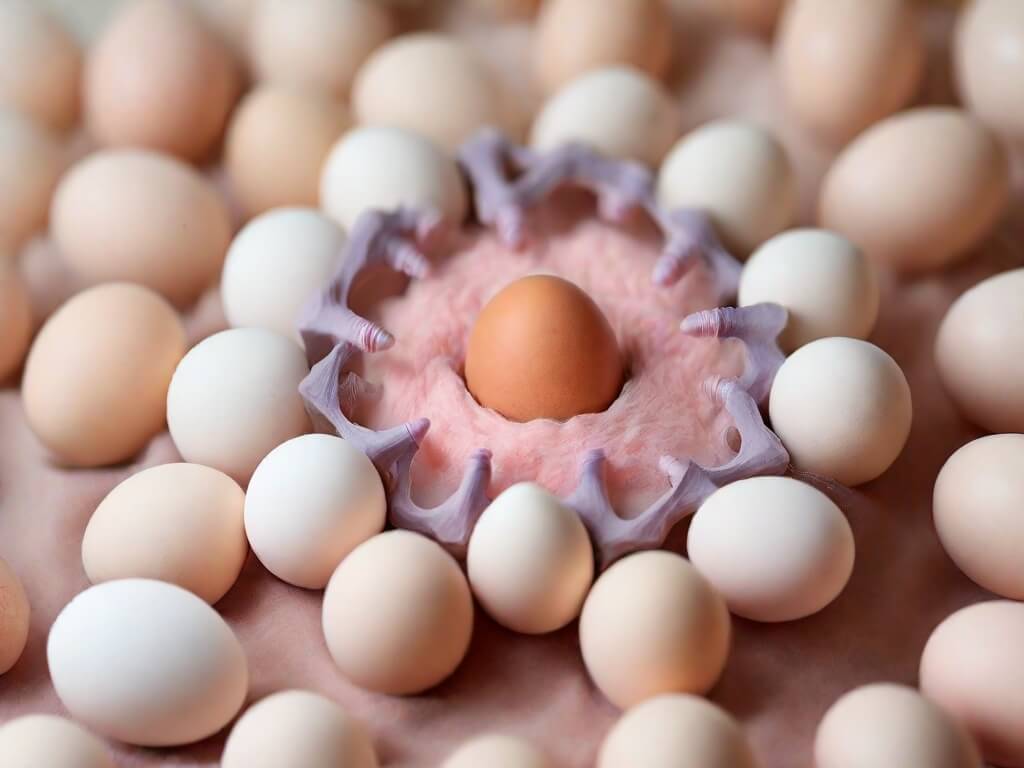Discover the multifaceted role of estrogen in the body. From reproductive health to bone strength, delve into the effects that make estrogen a crucial hormone for overall well-being.

ESTROGEN, is a compound that promotes the development of the egg-producing follicles in the ovaries and controls secondary sex characteristics in female animals. In humans these characteristics include body contour, skeletal development, distribution of body hair, and the pitch of the voice. In animals bearing live young, estrogens also cause proliferation of the epithelial linings of the vagina and uterus in preparation for the implantation of the fertilized egg. During pregnancy, estrogens stimulate the development of the mammary glands. Estrogens also affect the metabolism of water, salt, and calcium.
Pharmacological Uses
One of the main uses of estrogen is in birth control pills, where it is used in combination with progesterone. The pills prevent pregnancy by suppressing ovulation. Estrogens are widely used as drugs for regulating the menstrual cycle, treating disturbances during menopause, and inhibiting lactation. They are also used for treating osteoporosis and some types of prostatic and mammary cancers.
Types of Estrogens
In the human female there are four estrogens-α and β-estradiol, estriol, and estrone. The biological activities of these hormones are identical, but they differ widely in their potency. Of these β-estradiol is by far the most potent and is the one normally secreted by the ovaries. Biochemically, natural estrogens are steroid hormones derived from the male sex hormone testosterone. Testosterone is actually the precursor of β-estradiol, from which the other estrogens are produced.
The urine of pregnant mares contains two additional estrogens called equilin and equilenin. Estrogenic compounds have been found in the ovaries of nonmammals, including mollusks, star-fish, and dogfîsh, and also in some plants.
Many synthetic estrogens have been produced, including diethylstilbestrol, which is commonly used as a drug.
Metabolism
Estrogens are produced mainly in the follicles of the ovary, where their synthesis is stimulated by the follicle-stimulating hormone (FSH) from the pituitary gland. When the concentration of estrogen in the blood reaches a certain level, production of FSH is inhibited, which thereby reduces estrogen secretion. During pregnancy estrogens are also produced in large quantities by the placenta. In the male, estrogens are produced by the testes, but only in relatively small amounts.
Estrogens in the blood are bound to plasma proteins, and this binding process is carried out by the liver. The liver also inactivates estrogens by conjugating them with glucuronic acid or sulfate to form water-soluble products, which are then excreted in the urine.
History
By 1900 it had been established that the ovaries exert a hormonal control over the female reproductive system. However, until 1923 it was impossible to isolate or measure the activity of the agents involved. In 1923 the American biochemists Edgar Allen and Edward Doisy developed a bioassay technique in which the activity of a sample extract was tested by the changes it produced in the vaginal cells of a rat. It was soon discovered that there was a hormonal agent that caused specific changes in the test cells present in the blood and urine of various species. It was also found that in humans the concentration of the agent in the urine varies with the phase of the menstrual cycle, and that large quantities of the substance are found in the urine of pregnant women. In 1929, Doisy and the German biochemist Adolf Butenandt, working independently, succeeded in crystallizing estrone. Later, Doisy and his co-workers isolated β-estradiol from sows’ ovaries.